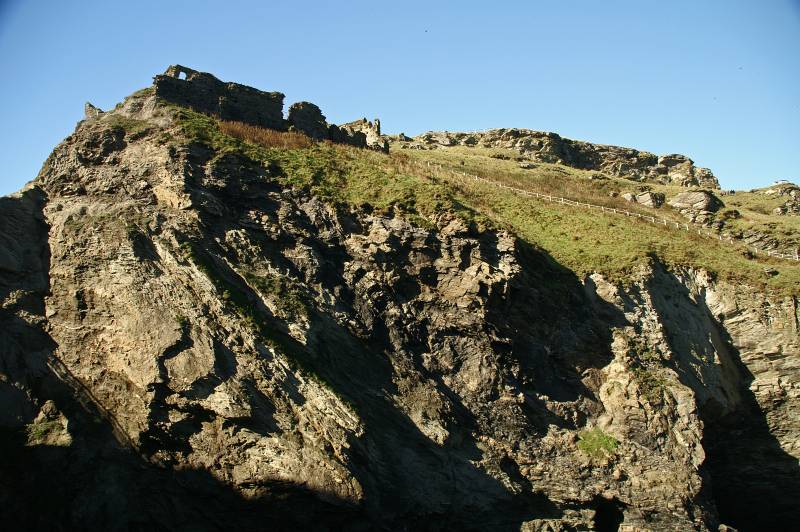
Tintagel.
Start. Tintagel.
Route. Tintagel - Vale of Avalon - The Island - Glebe - St Materiana's Church - Church Hill - Tintagel.
Notes. Tintagel Castle perched high on windswept cliff tops pounded by Atlantic swells, a place of myths and legends, witches and wizards. Said to be the birthplace of King Arthur, a great place to soak up timeless views and an atmosphere generated by those wonderful legends passed down through the centuries, most definitely a place to close your eyes and drift back in time. In truth there's not a great deal left of the castle but it is still a quite magical place.
After visiting the remains of the castle, accessed through the appropriate named Vale of Avalon we made our way above the Glebe Cliffs on land owned by the National Trust, the path carried us to a small church, St Materiana's perched high above the Atlantic breakers. From the church a single track road lead down the hill back to the village.

Looking to The Island with the remains of the castle visible top left.
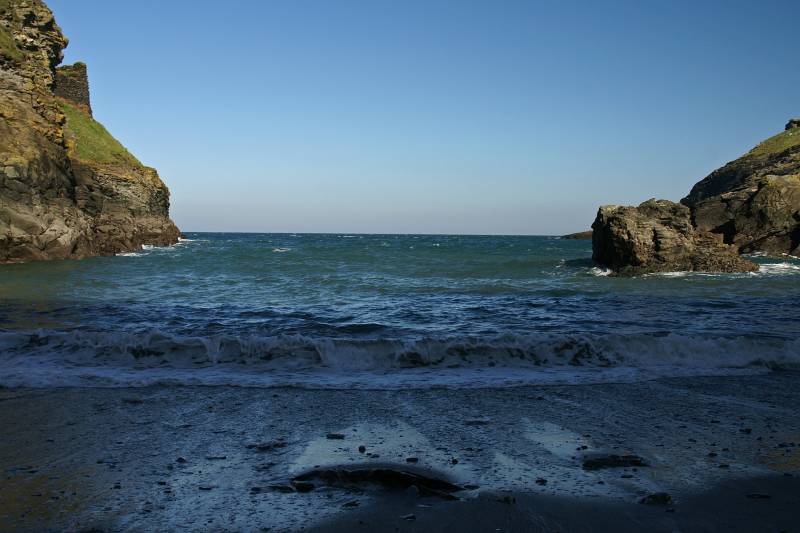
Tintagel Haven a small beach sandwiched between the cliffs of The Island and Barras Nose.
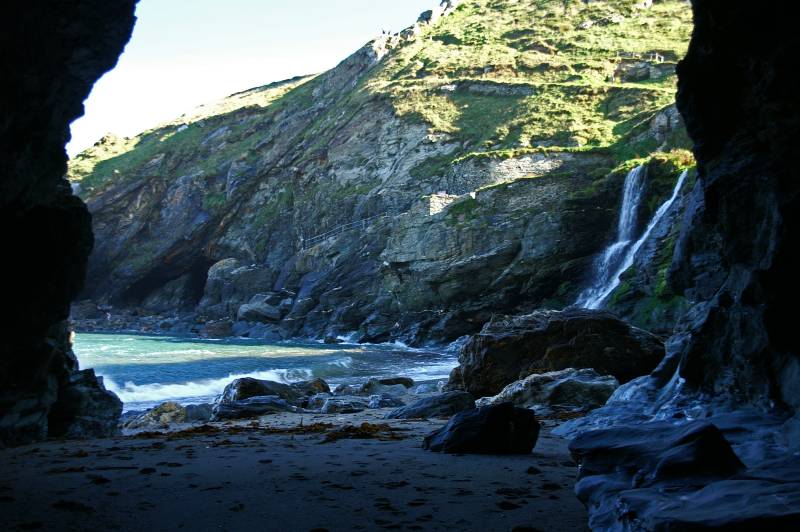
Tintagel Haven seen from Merlin's Cave.
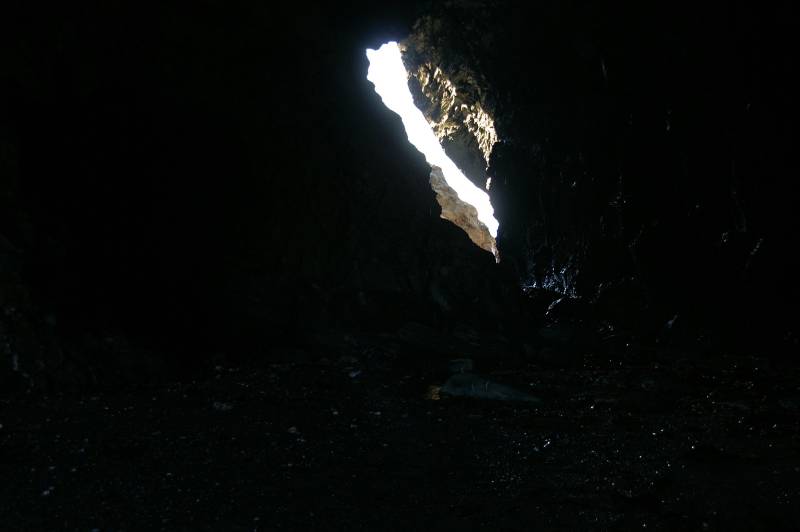
The southern entrance to Merlin's Cave, yes it's possible to walk right through the heart of The Island.
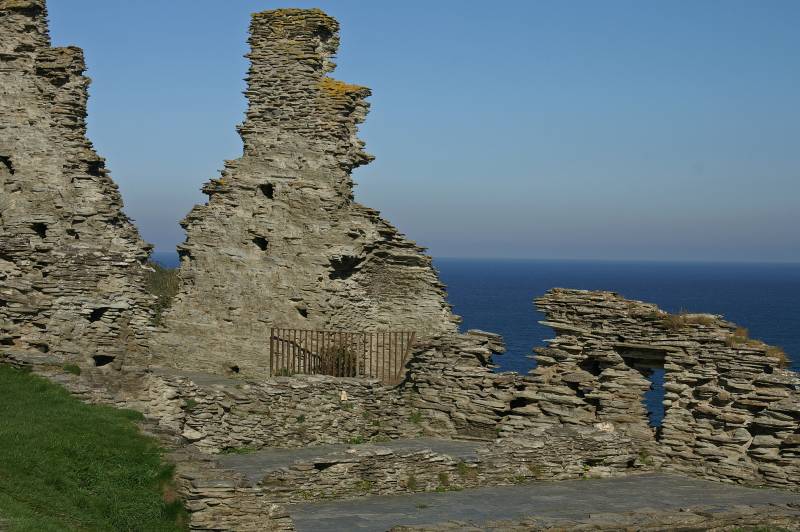
The gaunt remains of Tintagel Castle.
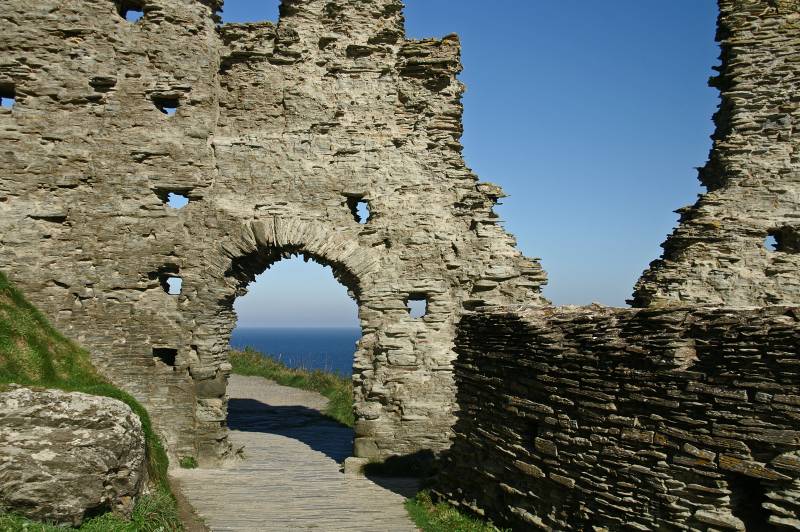
This is the entrance to the castle on The Island reached after ascending a large number of steep steps.

Seen over Tintagel Haven, Barras Nose.
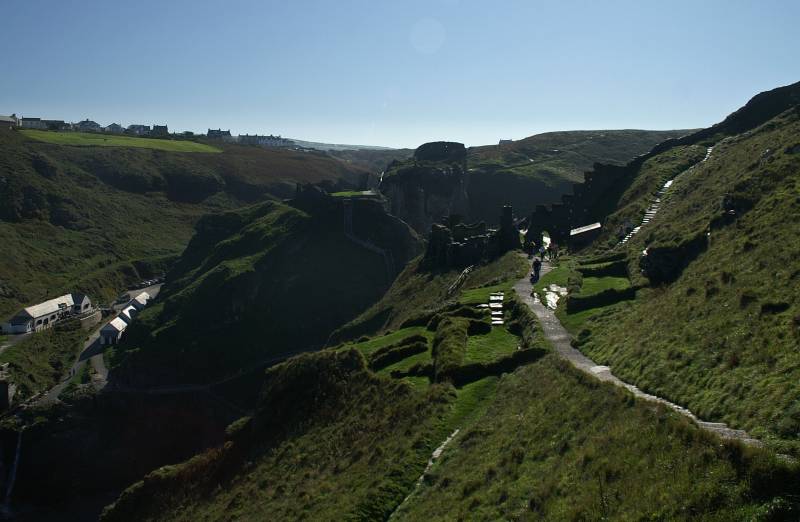
We wandered around the two halves of the castle, but of all the photo's I took this is the one that makes the hairs on the back of my neck stand on end.

Wonderful views to the north taking in Barras Nose, Willapark and The Sisters.
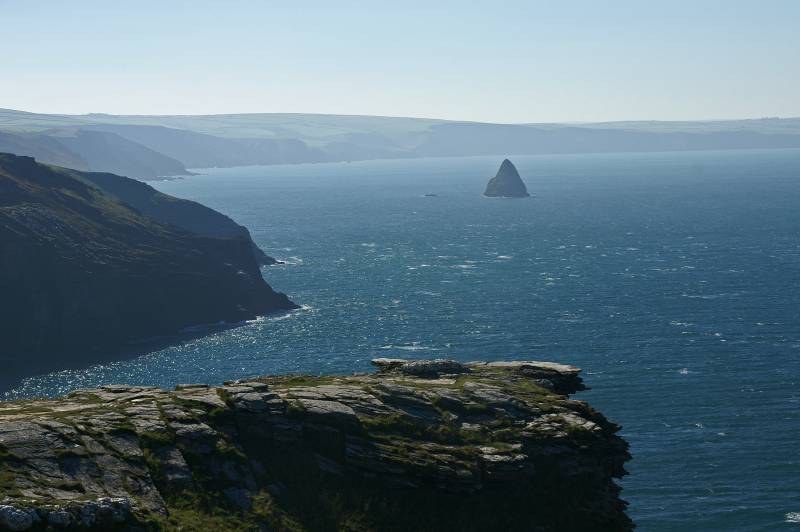
The stunning view to the south, with Gull Rock rising like a shark's fin from the waters of Port Isaac Bay.
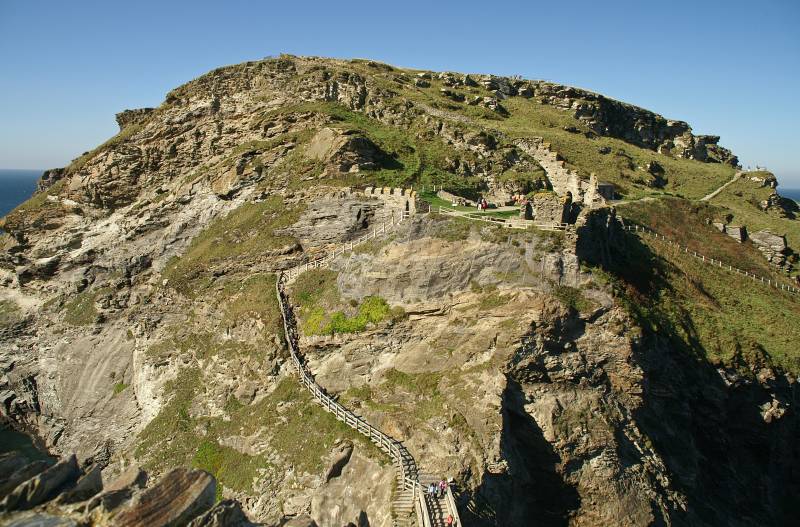
Viewing The Island from the remains of the 13th century fortress, once the stronghold of the Earls of Cornwall.
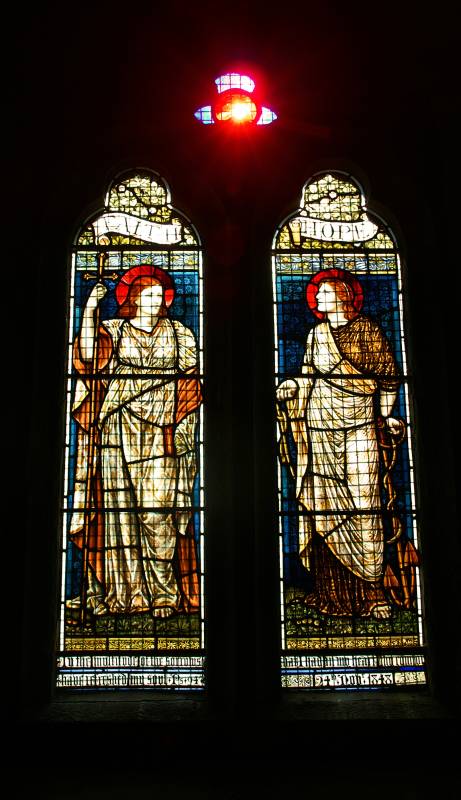
One of the stained glass windows in the Church of St Materiana, the church was built between 1080 and 1150.
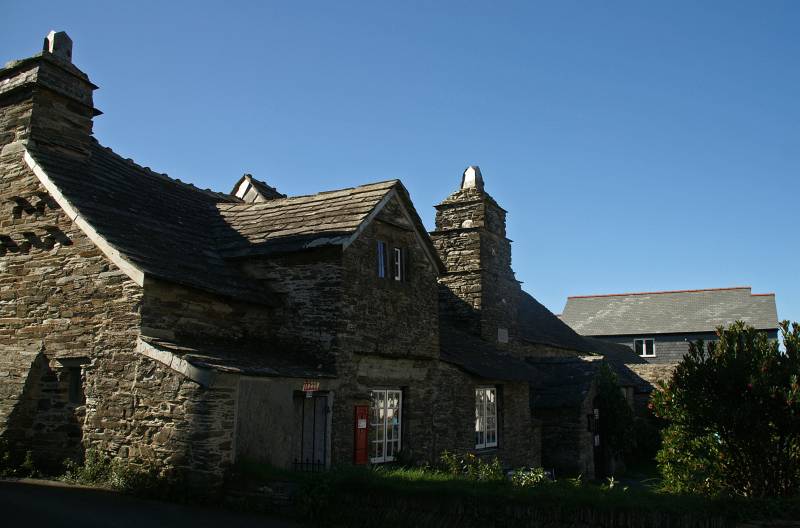
Tintagel Old Post Office a 14th century yeoman's farmhouse, the name derives from the Victorian period when the owners acquired a licence to use the farmhouse as a letter receiving station.